MYTH #1: Tornadoes are always clearly visible ahead.
 Reality: Tornadoes can be obscured or even invisible due to rain or nearby clouds.
Reality: Tornadoes can be obscured or even invisible due to rain or nearby clouds.
TAKE ACTION:
Tune in to NOAA Weather Radio or to radio or television newscasts for the latest weather information in your region. Be aware of what the different terms mean.
A Tornado Watch means tornadoes are possible. Remain alert for approaching storms.
A Tornado Warning means that a tornado has been sighted or indicated by weather radar and you should take shelter immediately.
In any emergency, always listen to the instructions given by local emergency management officials. While some tornadoes are clearly visible, it’s not uncommon for rain or cloud cover to obscure a twister’s formation, or for a tornado to develop so quickly, there’s little time for advanced notice.
Source: https://www.ready.gov/tornadoes
MYTH #2: You can out-drive a tornado.
 Reality: Do not try to outdrive a tornado, as they can travel well over 60 mph, and cars can easily be lifted or blown over by the storm.
Reality: Do not try to outdrive a tornado, as they can travel well over 60 mph, and cars can easily be lifted or blown over by the storm.
TAKE ACTION:
If a tornado forms while you are driving, park your vehicle as quickly and safely as possible (out of traffic lanes) and take shelter in a sturdy building, or underground if possible.
Sources: http://www.spc.noaa.gov/faq/tornado/safety.html; http://www.lexingtonky.gov/Modules/ShowDocument.aspx?documentid=3632
MYTH #3: Tornadoes do not hit big cities, cross bodies of water, or form in the mountains.
 Reality: Tornadoes can hit anywhere, not just in the flat, expansive areas of the Midwest.
Reality: Tornadoes can hit anywhere, not just in the flat, expansive areas of the Midwest.
TAKE ACTION:
Be prepared for a tornado no matter which part of the country you live in. Be aware of your local area’s emergency notification system. Many areas have tornado sirens in place to notify residents of an imminent weather threat. You may also receive wireless emergency alerts from the National Weather Service on your mobile device. If you are outside on a lake or at altitude and don’t have time to get indoors, be prepared to take shelter in a ditch, culvert, or ravine.
Source: National Oceanic and Atmospheric Administration
MYTH #4: You should go to the southwest corner of your basement during a tornado warning.
 Reality: Tornadoes can move in any direction, so hiding in one corner will not be more beneficial than another.
Reality: Tornadoes can move in any direction, so hiding in one corner will not be more beneficial than another.
TAKE ACTION:
Take shelter in an interior room on the lowest floor (preferably the basement) of the building, as far away as possible from exterior walls and windows.
Source: http://stormaware.mo.gov/tornado-myths/
MYTH #5: The best protection from a tornado while in the car is hiding under an overpass.
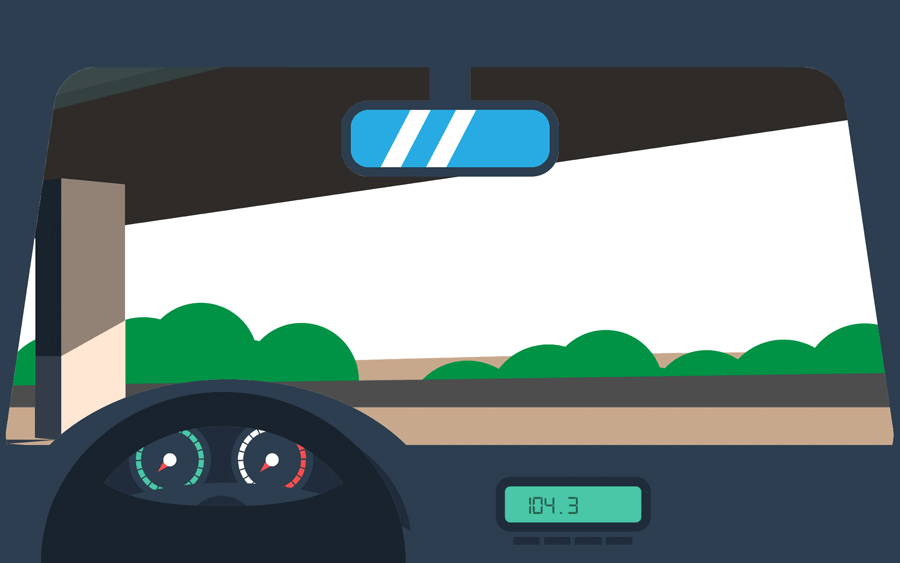 Reality: Hiding under an overpass will put you more at risk. The structure may not be stable and increases your risk of being hit by flying debris.
Reality: Hiding under an overpass will put you more at risk. The structure may not be stable and increases your risk of being hit by flying debris.
TAKE ACTION:
If a tornado forms while you are driving, park your vehicle as quickly and safely as possible (out of traffic lanes) and take shelter in a sturdy building, or underground if possible.
Sources: http://www.spc.noaa.gov/faq/tornado/safety.html
MYTH #6: You only need to worry about tornadoes during “tornado season.”
 Reality: Tornadoes can happen at any time of the year, not just during the spring.
Reality: Tornadoes can happen at any time of the year, not just during the spring.
TAKE ACTION:
Prepare ahead of time and discuss a plan for your family’s safety in the event of a natural disaster. Perform a home inventory to account for all of your personal belongings, and if a tornado does develop, you will be ready for the aftermath.
It’s smart to do a dry run on a sunny day to ensure that your loved ones know exactly what to do and where to go in case of emergency.
Source: http://www.nssl.noaa.gov/education/svrwx101/tornadoes/; https://www.geico.com/information/safety/auto/natural-disaster-preparedness/
MYTH #7: The tornado itself is the deadliest aspect of the storm.
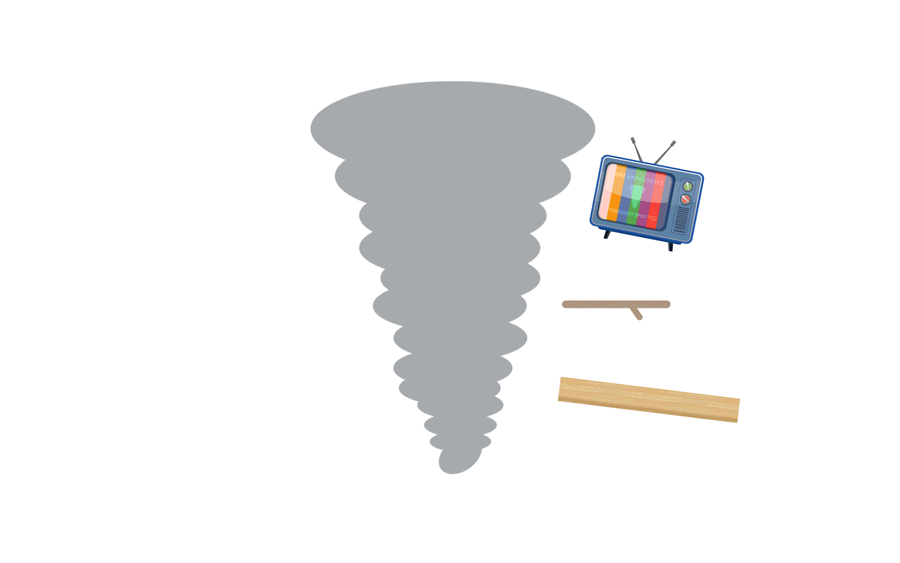 Reality: The most dangerous aspect of a tornado is the flying debris that could hit you.
Reality: The most dangerous aspect of a tornado is the flying debris that could hit you.
TAKE ACTION:
Put on shoes and a helmet when a tornado warning is issued. The shoes will protect your feet from broken glass and other wreckage in the aftermath of the storm. A helmet will protect your head from flying debris that can be fatal. Cover yourself with a mattress, sleeping bag, or thick blankets to help protect against falling debris.
Sources: https://www.ready.gov/tornadoes; http://www.spc.noaa.gov/faq/tornado/safety.html
MYTH #8: The United States doesn’t have as many tornado occurrences as other countries.
 Reality: The U.S. actually has the highest number of tornado occurrences in the world.
Reality: The U.S. actually has the highest number of tornado occurrences in the world.
TAKE ACTION:
Tornados are common occurrences in the United States, so it’s important to understand the myths and misconceptions associated with tornados and be proactive. Decide on a safe space in your home in case a tornado forms. Make sure that all family members and any pets remain in this area until the tornado warning is called off by officials. Be careful when exiting a room after a tornado, as furniture may have shifted or the house may be damaged.
Source: http://www.ncdc.noaa.gov/climate-information/extreme-events/us-tornado-climatology
MYTH #9: When a tornado warning is issued, you should open all the windows in the house.
 Reality: In the midst of a tornado, opening windows will make no difference. This attempt to depressurize the building will not equalize the force of a tornado.
Reality: In the midst of a tornado, opening windows will make no difference. This attempt to depressurize the building will not equalize the force of a tornado.
TAKE ACTION:
Do not waste your time opening windows when a tornado warning is issued. Take shelter in a basement or any room without windows during the storm to prevent flying debris from harming you.
Source: https://www.weather.gov/ctp/TornadoSafety
MYTH #10: Home insurance never covers tornado destruction.
 Reality: Standard homeowners policies generally cover a wide range of natural disasters, including tornadoes. Some policies, however, especially in coastal areas, can exclude wind damage, which means the bulk of tornado damage would not be covered.
Reality: Standard homeowners policies generally cover a wide range of natural disasters, including tornadoes. Some policies, however, especially in coastal areas, can exclude wind damage, which means the bulk of tornado damage would not be covered.
TAKE ACTION:
Those who live who live in coastal areas should double check to ensure they have wind coverage either on their primary policy or through a separate wind policy. Customers with an “ex-wind homeowners policy” can choose to buy a wind-only policy.
Check your homeowners insurance policy for the specific perils covered.
Source: http://www.iii.org/article/which-disasters-are-covered-by-homeowners-insurance
Have you been affected by a tornado? Start your claim here.

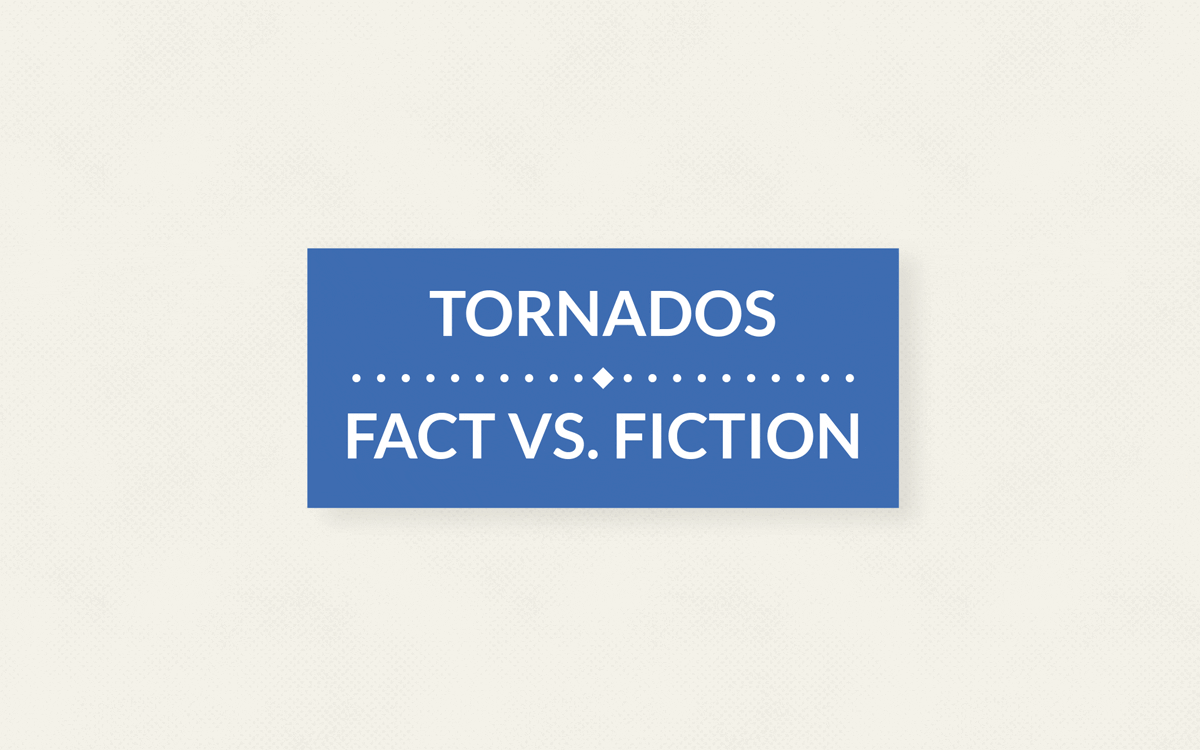

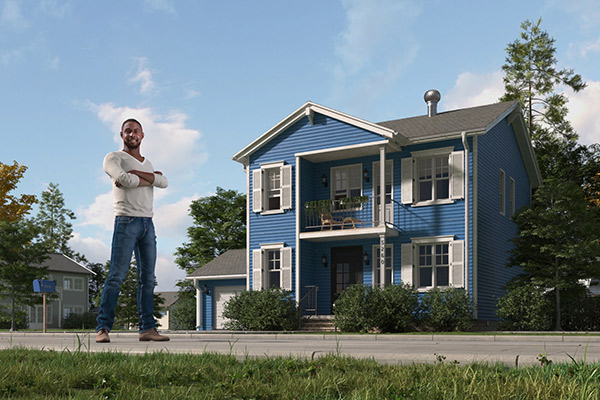

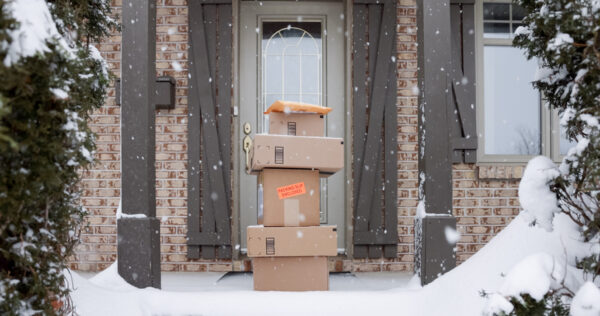



Addison says,
It’s very helpful to students who are studying tornadoes, and if we have a research assignment, we can go here for myths, Geico helps with insurance though!
Levi says,
Nice website, This really helped me with myths about Tornado’s
Addison says,
Me too!
Bobby Rotten says,
this is a very stupid site to have on tornadoes and it is very boring
melissa meyer says,
I disagree so much. It was so Informative.